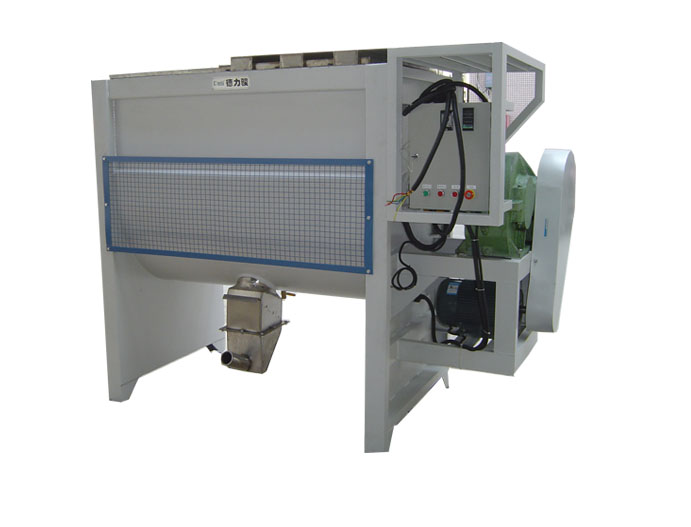What You Need to Know About Industrial Mixers
Common Equipment
In industrial settings, you may find that mixing is a staple of the building process. Many businesses need this process in order to produce pharmaceutical drugs, commonly used foods, fertilizers, and even ceramics. Mixing is extremely important for making these items, and the equipment required needs to be kept in proper shape so that you can get the best results.
Mixing and Blending
The main difference between an industrial mixer and an industrial blender is that blending does not typically include a large amount of liquid. However, mixing does use liquid in big volumes. A mixer combines liquids with gases or viscous ingredients to create a new product. These processes are very similar in many ways, which leads to some confusion over the significance of the words. Make no mistake that each one has a different meaning, although the terms are used interchangeably in most circumstances.
Other Aspects
One of the most important aspects of this mixing includes making quality batches of the final product. Therefore, it is important that you know a few common indicators of quality. In order for the batch to be done, the final product must be uniform and lacking in inconsistencies in shape or size. To ensure a batch never has these issues, attention to detail is key. You must make sure to put the correct amounts of items into the mix to create a quality result.
Various Attributes
Modern equipment is typically easier to clean and may even use less power to make the necessary mixtures you need. Many businesses work with mixing processes that are easily customized. Some pieces of machinery may even be able to combine multiple steps into one step, which saves time during the manufacturing process. Industrial mixers are commonly found in any company that manufactures products in large amounts.











Post Comment